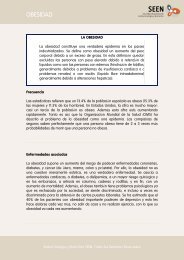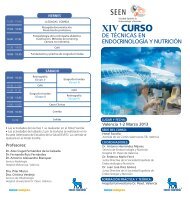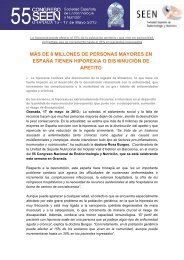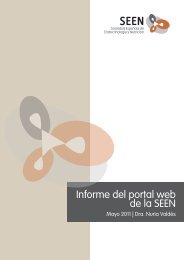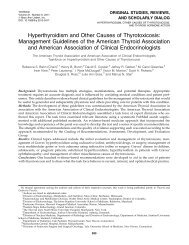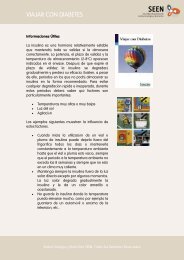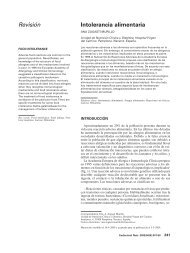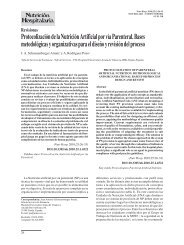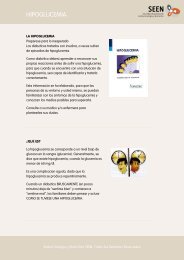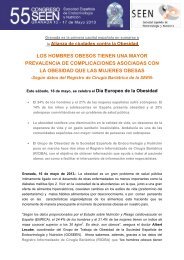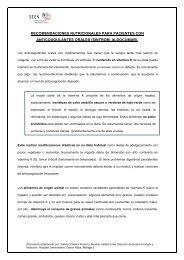Basic Concepts of Fluid and Electrolyte Therapy
Basic Concepts of Fluid and Electrolyte Therapy
Basic Concepts of Fluid and Electrolyte Therapy
You also want an ePaper? Increase the reach of your titles
YUMPU automatically turns print PDFs into web optimized ePapers that Google loves.
DKA <strong>and</strong> HONK represent the two extremes <strong>of</strong> the spectrum <strong>of</strong><br />
decompensated diabetes (Table 23), although intermediate cases are<br />
not infrequent, depending on the precipitating cause <strong>and</strong> the percentage<br />
loss <strong>of</strong> insulin secretion. In both situations, hyperglycaemia causes<br />
an osmotic diuresis with excessive urinary losses <strong>of</strong> salt, water, <strong>and</strong><br />
potassium, leading to ECF <strong>and</strong> intravascular volume depletion <strong>and</strong> the<br />
risk <strong>of</strong> prerenal acute kidney injury (AKI).<br />
With both types <strong>of</strong> decompensation, potassium is lost from cells <strong>and</strong><br />
excreted in the urine causing a deficit, which only becomes apparent<br />
as hypokalaemia once the anabolic effect <strong>of</strong> insulin treatment is felt.<br />
In severe cases the rate <strong>of</strong> K + loss from cells, combined with pre-renal<br />
AKI, can cause hyperkalaemia (>5.5 mmol/l) with the risk <strong>of</strong> cardiac<br />
arrest.<br />
The presence <strong>of</strong> acidosis may present diagnostic problems. Although<br />
most cases with ketonuria <strong>and</strong> features <strong>of</strong> metabolic acidosis are suffering<br />
from ketoacidosis, this cannot always be assumed, particularly<br />
where there are other potential causes <strong>of</strong> acidosis, e.g. renal or circulatory<br />
failure. For this reason it is important to measure blood concentrations<br />
<strong>of</strong> lactate <strong>and</strong> <strong>of</strong> ketones, particularly -hydroxybutyrate<br />
<strong>and</strong> chloride, including the anion gap <strong>and</strong> strong ion difference in<br />
order to establish the diagnosis beyond doubt.<br />
96




